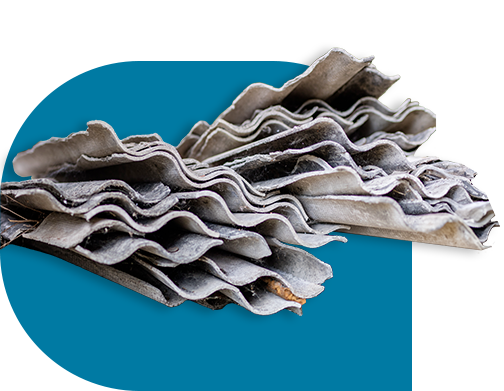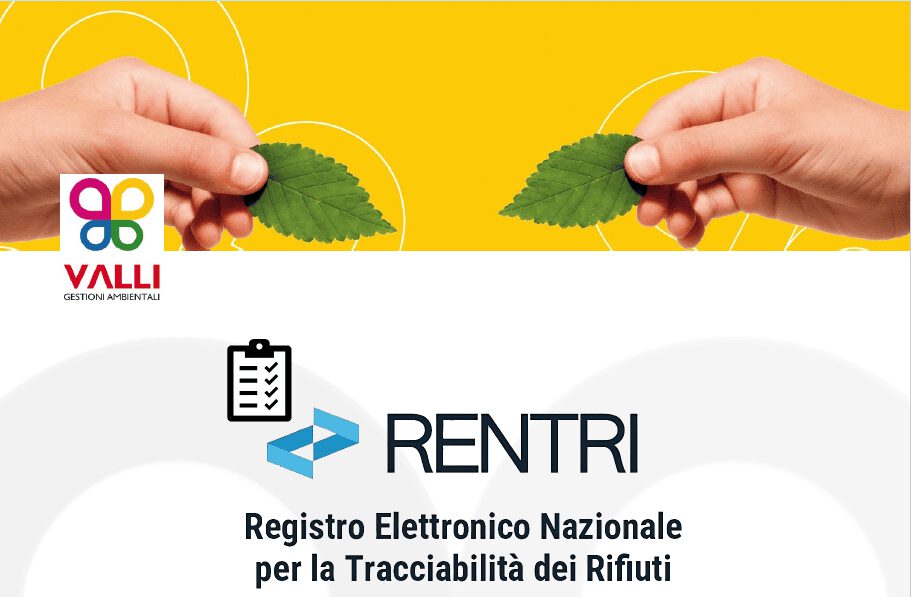Eternit

How is waste containing asbestos disposed of?
The disposal of asbestos and asbestos-containing waste is regulated by the Ministerial Decree of 27 September 2010, which defines the Criteria for the admissibility of asbestos or asbestos-containing waste. In particular, Annex 2 of the decree establishes that asbestos or asbestos-containing waste can be disposed of in the following types of landfills:
“a) landfill for hazardous waste, dedicated or equipped with a dedicated cell;
- b) landfill for non-hazardous waste, dedicated or equipped with a single-dedicated cell for waste identified by the code of the European List of Waste 17 06 05; for other types of waste containing asbestos, provided that they undergo treatment processes, in accordance with the provisions of Ministerial Decree no. 248 of 29 July 2004, and with values in accordance with table 1, verified at the treatment plant at intervals set by the competent authority.”
In addition, art. 6, paragraph 7, letter c) of the Ministerial Decree of 27 September 2010 provides that the following can be disposed of in landfills for non-hazardous waste: “building materials containing asbestos bound in cementitious or resinoid matrices in accordance with art. 7, paragraph 3, letter c) of Legislative Decree no. 36 of 13 January 2003, without being subjected to tests. Landfills that receive such materials must comply with the requirements set out in Annex 2 of this decree“.
Eternit disposal: asbestos removal and remediation techniques
The methods of remediation of areas and/or assets contaminated by asbestos are governed by the implementing decrees of Law no. 257 of 27 March 1992 (“Rules relating to the cessation of the use of asbestos“), in particular by the Ministerial Decree of 6 September 1994, which defines the “Regulations and technical methodologies for the application of art. 6, paragraph 3, and art. 12, paragraph 2, of Law no. 257 of 27 March 1992, relating to the cessation of the use of asbestos“.
This Decree identifies three main methods of remediation:
- removal of asbestos materials: this is the most common procedure, because it eliminates any potential source of exposure and any need to implement specific precautions for the activities that take place in the building;
- encapsulation: consists of the treatment of asbestos with penetrating or covering products which, depending on the type of product used, tend to incorporate the asbestos fibres, restore adherence to the substrate, and form a protective film on the exposed surface;
Confinement: consists of the installation of a sealed barrier that separates the asbestos from the occupied areas of the building.
What do you do when asbestos is found during construction work?
In the event that, during renovation or excavation work, asbestos is found, for example, in roofing sheets or external paints, it is mandatory to activate the procedures provided for by current legislation:
- Law no. 257 of 27 March 1992: regulates the removal and disposal of asbestos, indicating the operating methods to avoid the dispersion of fibres into the environment;
- Legislative Decree no. 152/2006, arts. 242 and 249: in the event of potential contamination of the soil due to the presence of asbestos, it is necessary to send a communication to the competent bodies, certifying:
- the start of measures to make the site safe;
- compliance with the asbestos work plan (art. 256 of Legislative Decree 81/08 as amended);
- the execution of sampling and analysis of the soil following removal, to verify compliance with regulatory limits.
Valli Gestioni Ambientali has been involved for years in the management and disposal of eternit removed by companies specialized in the remediation of polluted sites. Each intervention is carried out in full compliance with current regulations, ensuring maximum safety for the environment and public health. Since each intervention has unique characteristics, the cost of the management and disposal of eternit cannot be defined a priori, but is calculated on the basis of a preliminary technical assessment.
Calculate the cost of management and disposal of eternit and asbestos
Building renovation and redevelopment always involve a certain economic commitment. When, during the course of the works, materials containing asbestos are found, the costs inevitably increase, since it is necessary to activate specific procedures for the removal, management and disposal of eternit, in compliance with current regulations.
There are many variables that affect the cost of managing and disposing of eternit and asbestos, including: the size and weight of the components to be removed and disposed of, the complexity of the project and the management and disposal activity, the transport of the components from the place of removal to that of management and disposal.
Each project, therefore, is a case in itself, and requires a preliminary technical evaluation for the definition of an accurate estimate.
Does it cost more to remove and dispose of or encapsulate?
Removal and disposal are different activities than encapsulation. In fact, the removal and disposal of eternit represent the definitive solution, as they eliminate the problem at the root, completely removing any source of potential risk to health and the environment.
With encapsulation, on the other hand, all the components containing asbestos are blocked inside the surface. It goes without saying that it is possible that at a later time the removal will still be necessary and therefore also the subsequent management and disposal.
The cost of each intervention depends on several factors, including the state of the material, the intended use of the building, local regulatory constraints, etc., and is variable and cannot be determined a priori.
State incentives for the disposal of eternit and asbestos
Being an onerous job, but necessary and fundamental to preserve public health, the removal, management and disposal of eternit and asbestos are among the operations for which the Italian State has provided tax incentives. The cost of remediation and the cost of disposal of eternit are estimated by qualified companies that interface directly with the customer. In any case, it is better not to rely on do-it-yourself, but to contact companies specialized in asbestos management and disposal that know how to act for total safety.
Have you discovered an eternit roof or do you suspect the presence of asbestos fiber? Contact us to receive a free quote with more information on our services. Fill out the form below by entering all the required specifications: one of our technicians will contact you as soon as possible.



